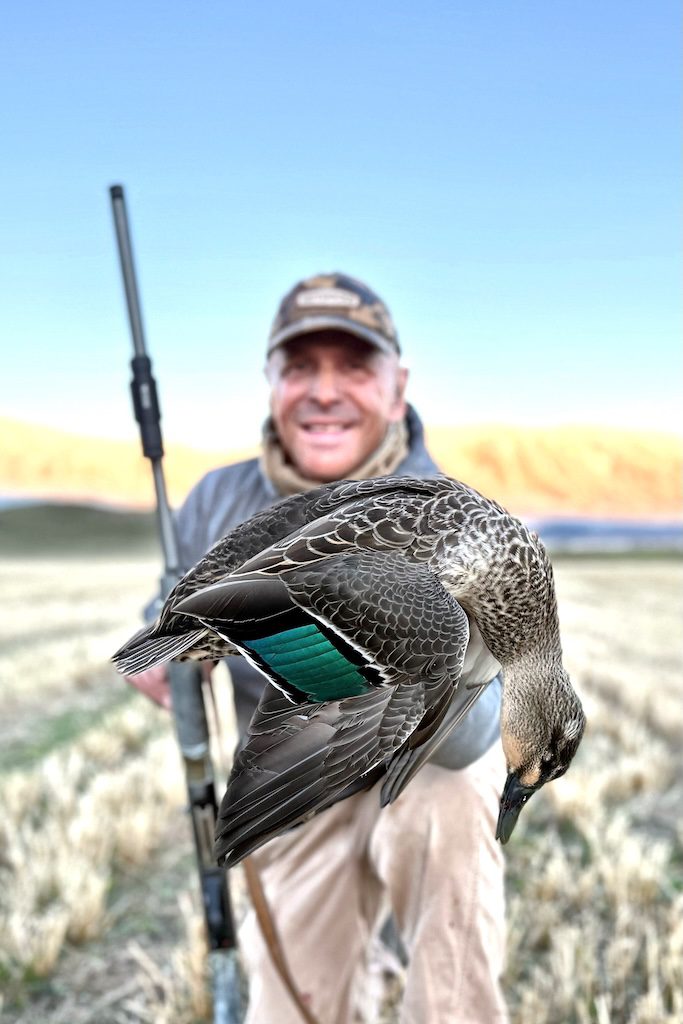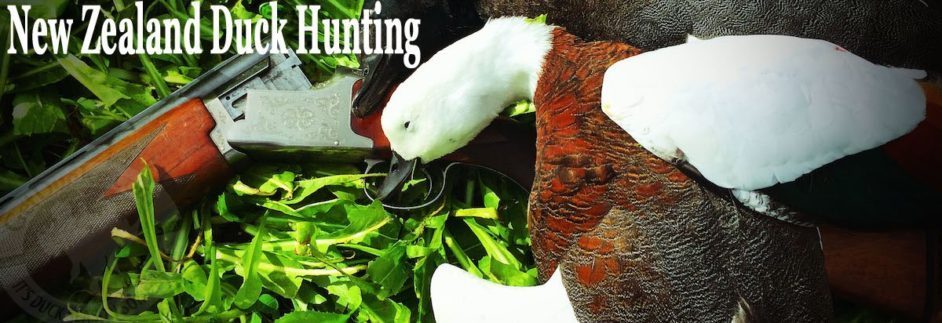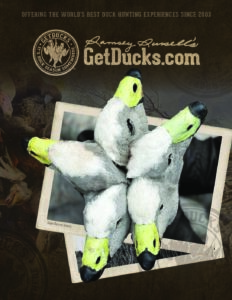New Zealand Grey Duck
The New Zealand Grey Duck (Anas superciliosa superciliosa), is the nominate subspecies of the Pacific Black Duck (Anas superciliosa), native to New Zealand and adjacent islands. Historically widespread across wetlands, lowland rivers, and coastal lagoons, this handsome dabbling duck has seen marked decline in recent decades due to habitat loss and hybridization with introduced Mallards.
The New Zealand Grey Duck (see video species profile for New Zealand Grey Duck) are medium-sized, averaging 19–22 inches in length. Plumage is dusky brown overall with distinctive buff-edged feathers creating a scaly appearance. The bold dark eye-stripe, running from the gray bill through the eye and down the neck, is a defining feature that sets the Grey Duck apart from Mallard hybrids. Both sexes are similar, though females tend to be slightly smaller and lighter in build. A blue-green speculum bordered in black and white flashes in flight.

Available Hunts
New Zealand Grey Ducks primarily forage by dabbling and upending in shallow water, feeding on aquatic vegetation, seeds, insects, and small invertebrates. They are typically wary and less approachable than Mallards, maintaining a strong preference for natural, secluded wetlands and forested river margins. Nesting occurs from August through December, with clutches of 6–12 pale creamy eggs hidden in dense cover near water.
New Zealand Grey Ducks were once the country’s most abundant native waterfowl, but extensive interbreeding with feral Mallards has resulted in widespread hybrid populations. Pure Grey Ducks are now considered uncommon in many regions–to the extent that New Zealand authorities lumped their bag limits into the daily allowance for mallards. As when assessing hybridization among American black ducks, the surest tell-tale sign of hybridization is any visible white barring above the speculum. Dedicated conservation efforts continue to monitor and preserve remaining pure populations.








